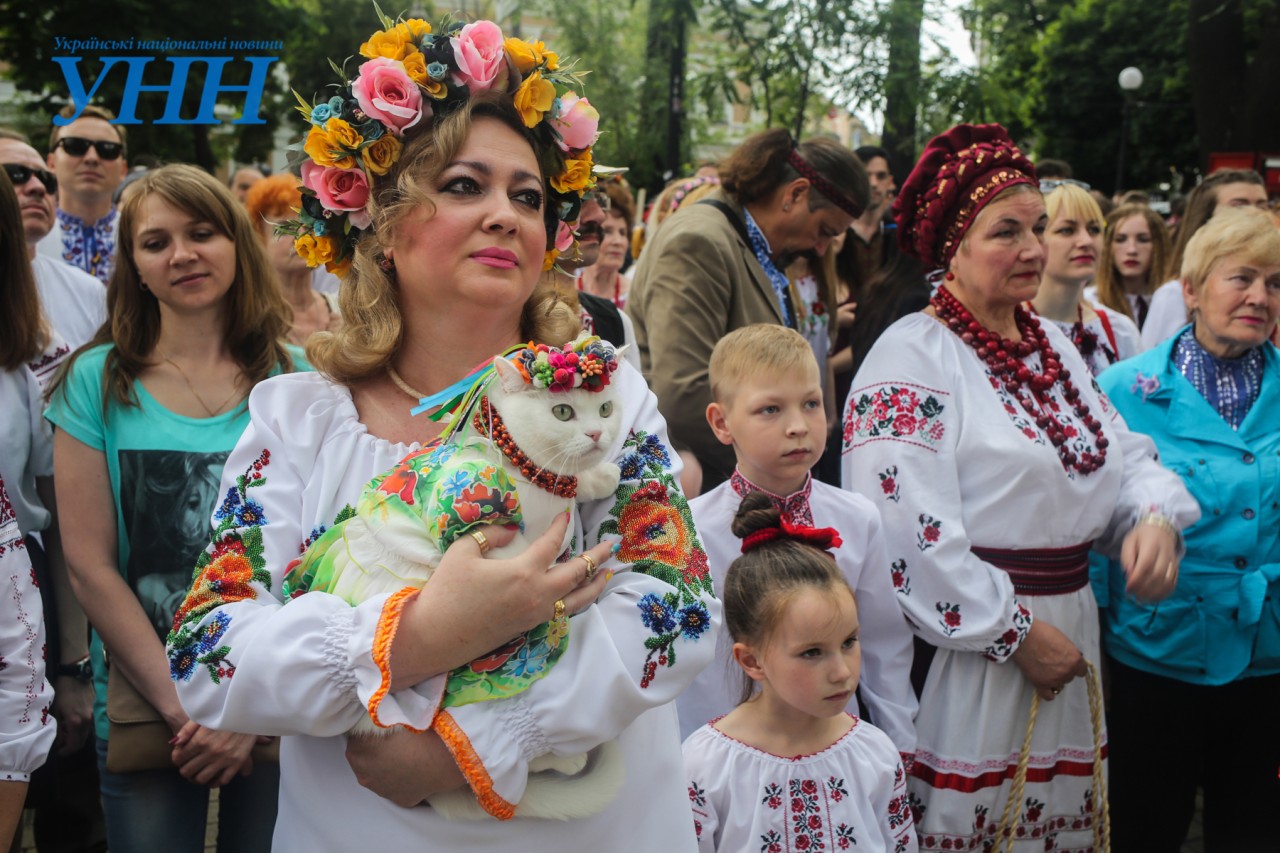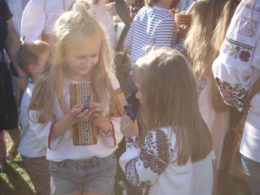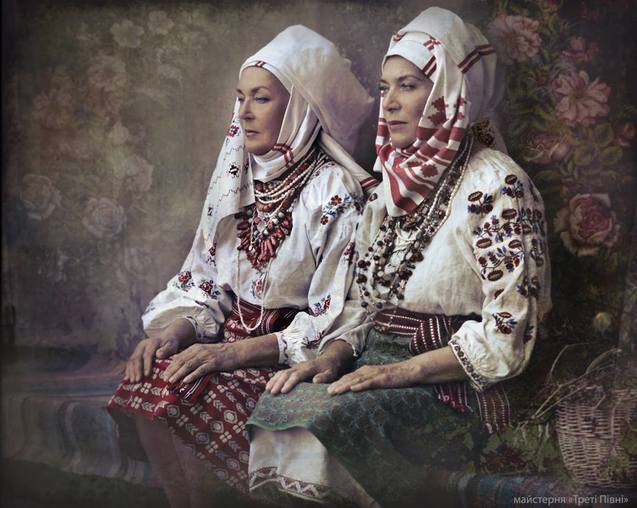
It is known that Ivan Franko “differed from the other men in his circle by his original outfits - an embroidered shirt among fancy collars and ties”. His daughter Hanna wrote about her father’s love of Ukrainian embroidery:
“My father had plenty of embroidered shirts. Almost all of them were gifts from friends and co-workers, not only from Western Ukraine, but also from other Ukrainian regions. For example, there were shirts from Olena Pchilka, Trehubova, Albrant, Alchevska, Kobrynska, Uliana Kravchenko, Bokhenska and many others.”
Franko liked to wear embroidered shirts on weekdays and holidays. Franko’s son Petro writes that his father wore embroidered shirts almost every day. Ukrainian writer Mykhailo Yatskiv testifies that Franko’s festive suits were usually dark blue and he chose his embroidered shirt carefully to go with the day.

The embroidered shirt was an old tradition in the Franko family. His mother and other family members all wore beautifully embroidered shirts, so Franko decided to integrate this colourful element of the Ukrainian national costume into his European wardrobe.

Ironically, Ivan Franko, who loved to wear embroidered shirts all his life and raised his children in this tradition, was laid to rest in someone else's shirt. He died in poverty on May 28, 1916. His funeral and burial-clothes were paid for by his friends and admirers. Olha Rozdolska, the wife of Ukrainian folklorist and ethnographer Osyp Rozdolsky, recalled that when they gathered to prepare the deceased, “it turned out that he did not have a single decent shirt”. Then, Bandrivsky, Ivan Franko’s school friend and lawyer, who took care of the poet during his illness, sent a messenger to Hermina Shukhevych, who gifted her late husband’s embroidered shirt for the funeral.

Despite this unfortunate ending, Ivan Franko’s image cannot be separated from the traditional embroidered shirt. This is how the poet appears in photos, as well as in graphics and portraits. A literary genius, Franko always emphasized the importance of the concept of national essence, but was able to harmoniously combine the ancient patterns of Ukrainian folk embroidery with modern Western-style three-piece suits... in the same way that he successfully combined his profoundly organic Ukrainianness with intrinsically refined Europeanness.






